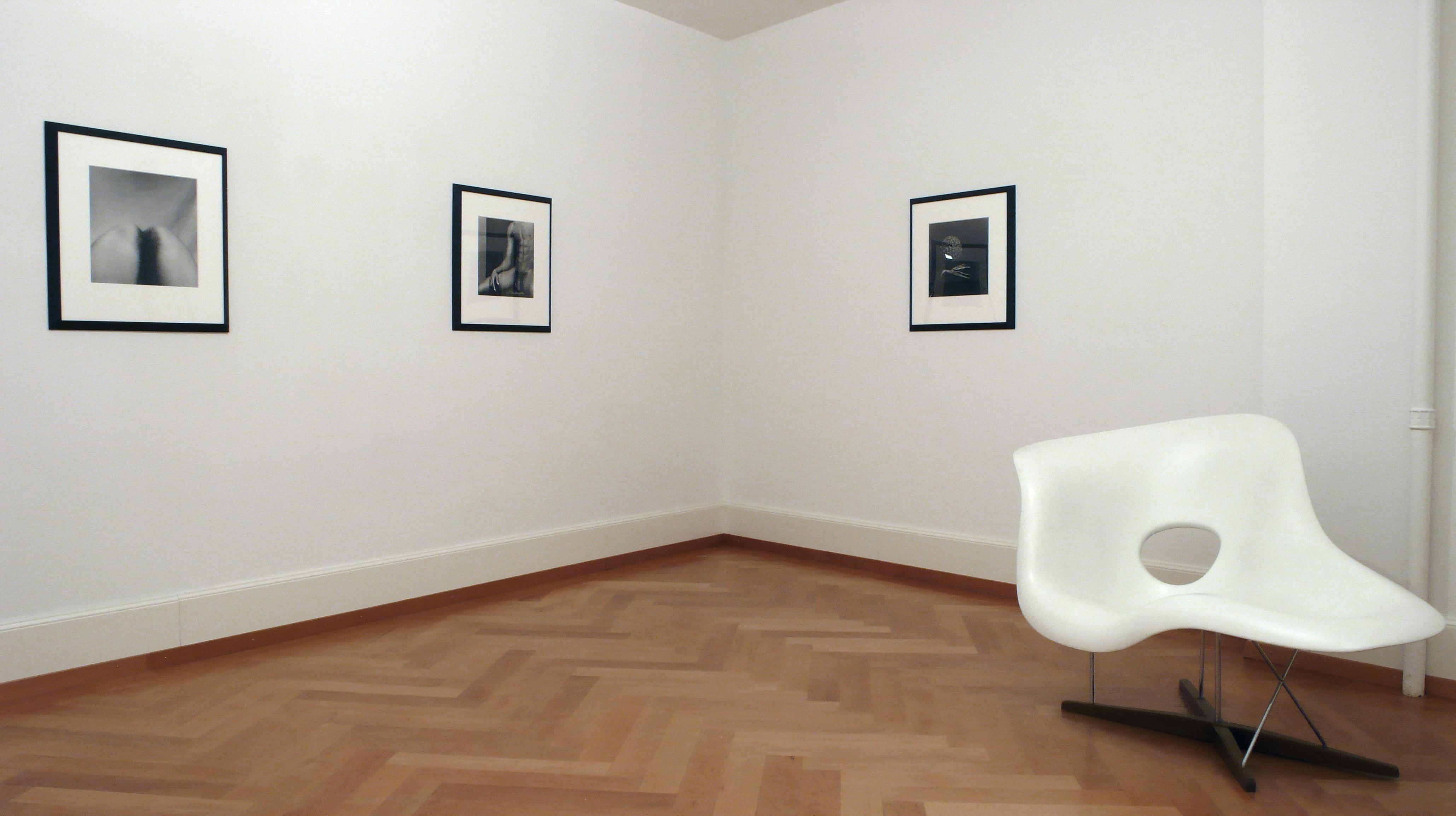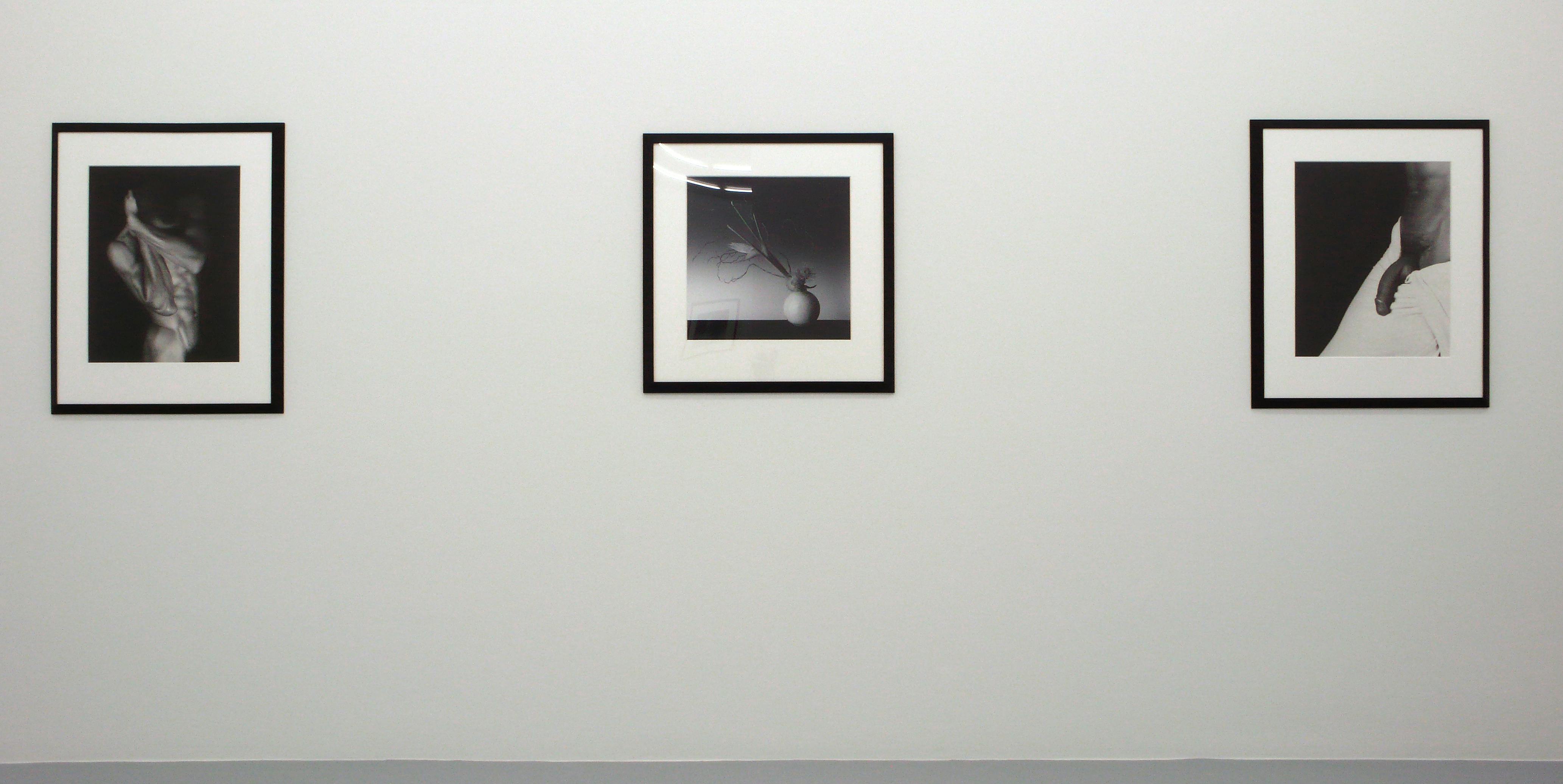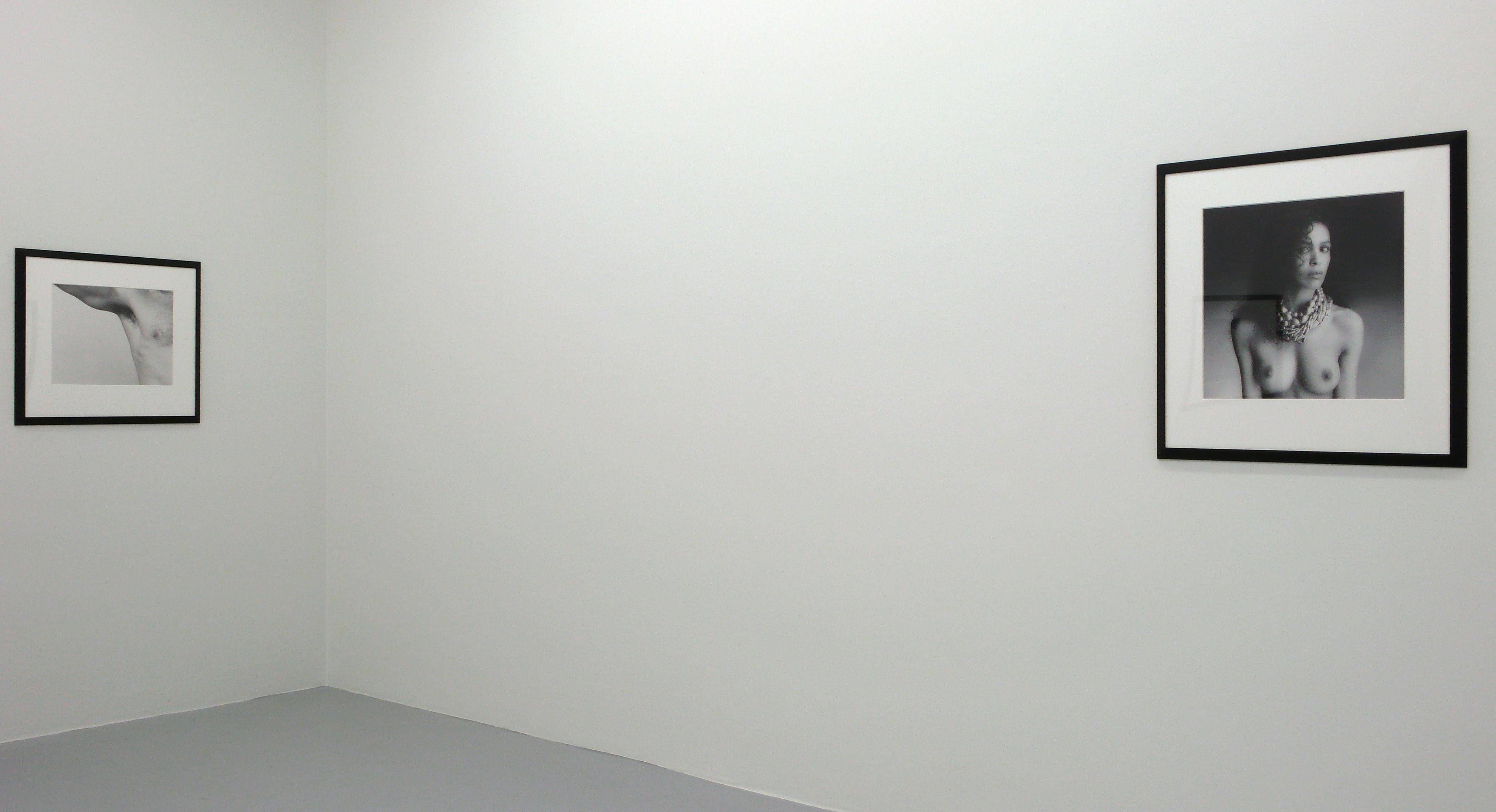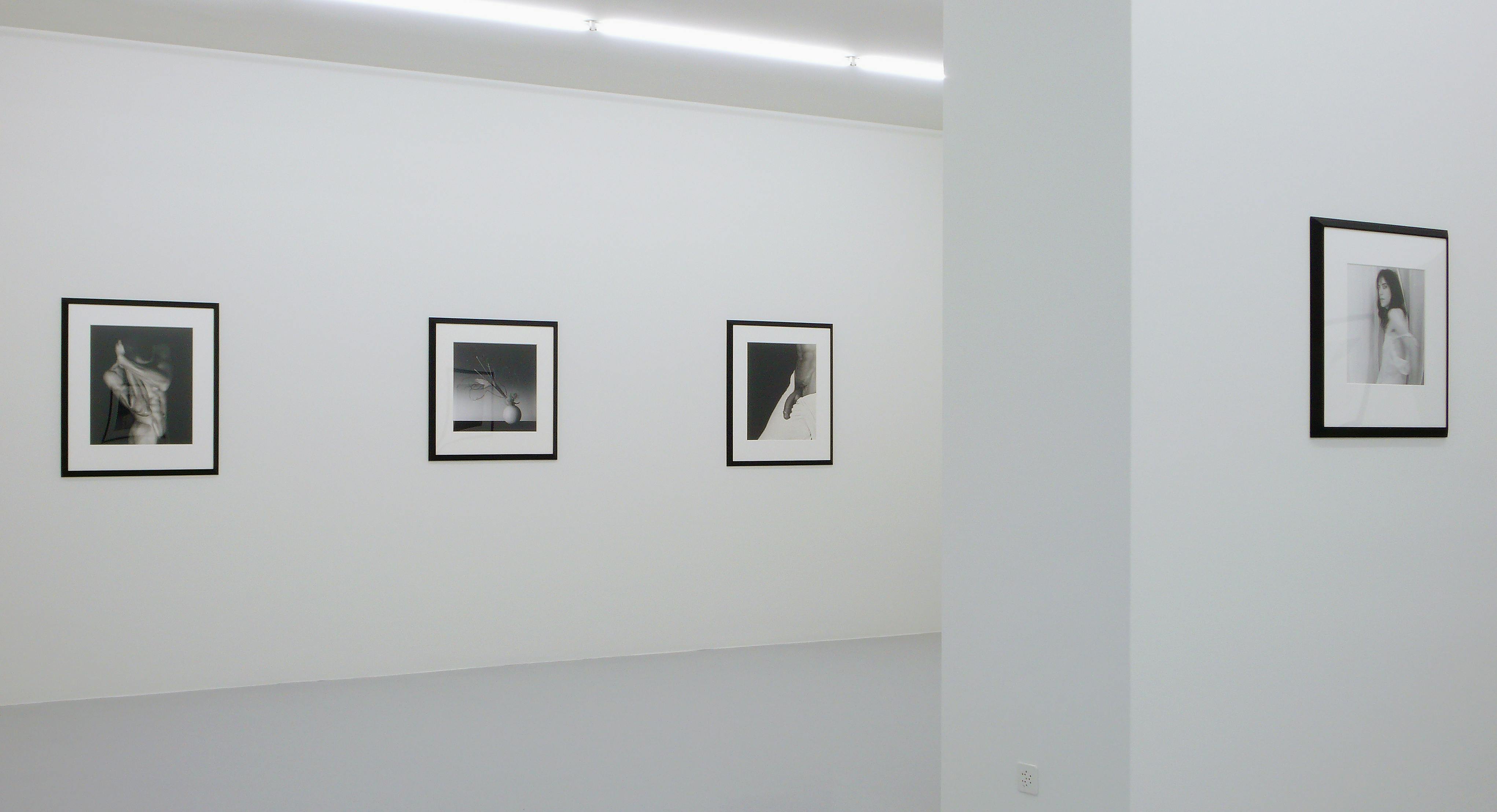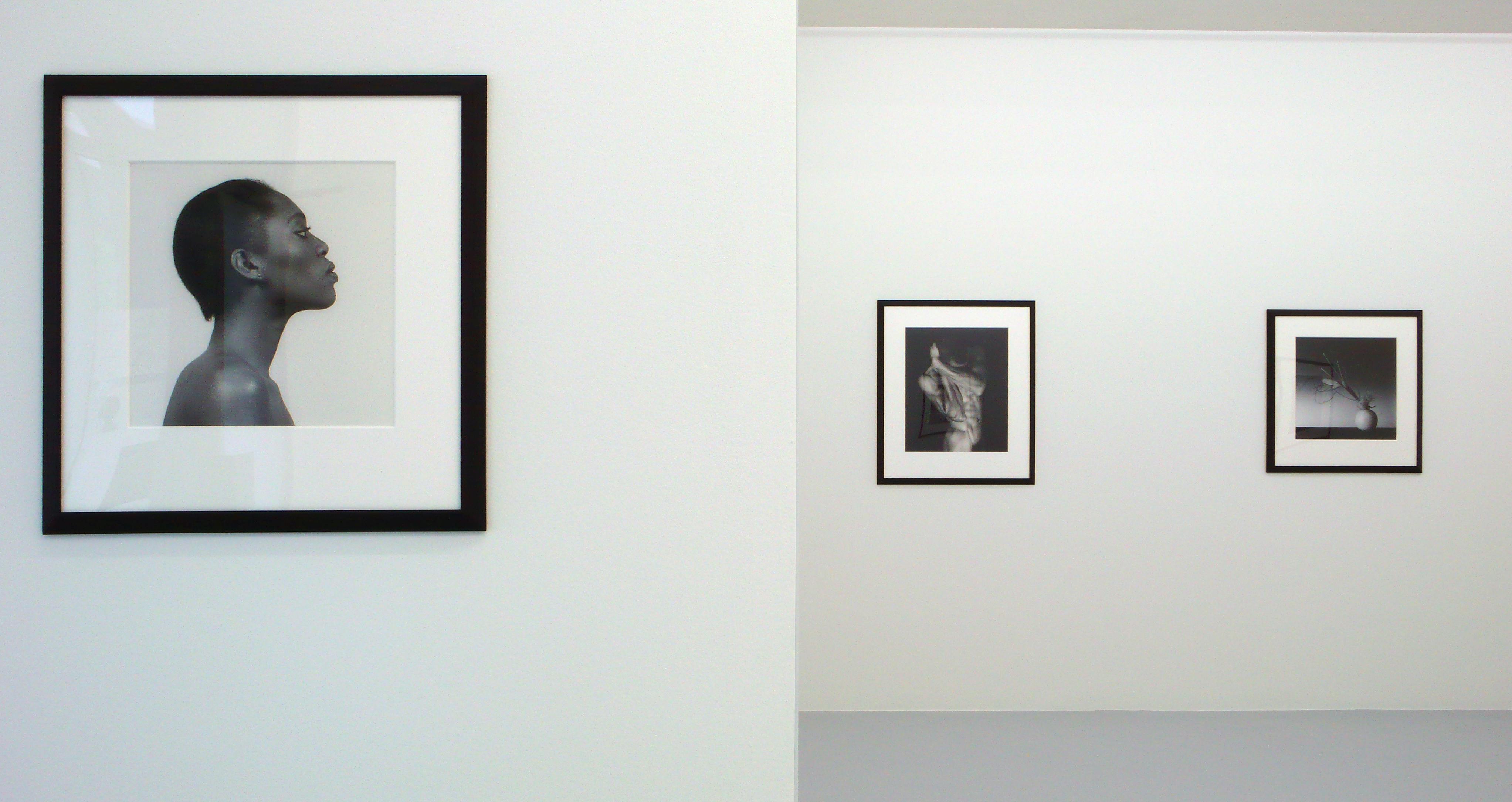We have pleasure in presenting works done by the American photographer Robert Mapplethorpe (who was born in New York in 1946 and died in Boston in 1989) between 1975 and 1988 at the next exhibition in our showroom.
Despite his early death, Robert Mapplethorpe is regarded as one of the most important and provocative photographers of his time. He led a life of excess with drugs and numerous hetero- and homosexual love affairs. He celebrated his greatest successes in the 1980s, in which he produced the then shocking, erotic and sometimes pornographic photographs. At the same time, he was admired for his technically masterful execution. He took portraits of many famous personalities, including Andy Warhol, Lawrence Weiner, Louise Bourgeois, Grace Jones and Patti Smith. They were technically sophisticated portraits free from all superfluous details. The persons portrayed are provocatively direct and yet inapproachably present, thus emanating a tremendously strong impact. With these portraits, Mapplethorpe created genuine icons of the contemporary art scene.
Robert Mapplethorpe studied painting, sculpture and graphic art at the Pratt Institute of Fine Arts in Brooklyn from 1963 to 1969. In 1972 he made the acquaintance of Sam Wagstaff, formerly curator of the Detroit Institute of Arts, who not only became his lover but who also promoted him. Thanks to Wagstaff's support, Mapplethorpe was able to present his first solo exhibition, which may be regarded as the starting point of his brilliant career, in the Light Gallery in New York in 1973. In 1977 and 1982 he took part at the documenta 6 and 7 in Kassel. In 1988, when his health was noticeably deteriorating, Mapplethorpe's first American Museum retrospective was shown at the Whitney Museum of American Art in New York. On 9 March, the artist died of the results of an HIV infection in a Boston hospital. One year later an exhibition of his seven sadomasochist portraits shown under the title of The Perfect Moment in Cincinnati led to violent controversy, not only about the pictures but also about the much-discussed freedom of art. As a result of the exhibition, there was an unsuccessful attempt to convict the Cincinnati Contemporary Arts Center and its director Dennis Barrie for exhibiting obscene material.
Mapplethorpe's sometimes highly erotic to obscene nudes and his aesthetic, subtly arranged still lifes of flowers in a reduced black-and-white palette became known to a wide public. Particularly striking is the discrepancy between the photographs of sadomasochistic scenes and tattooed 'leather-clad gays' and his endeavours to do justice to the formal beauty of a motif. Mapplethorpe achieved this by reducing the motifs to sculptural silhouettes, true to his dictum of photography as a perfect method of producing sculptures. In addition, the minutely planned compositions and the subtly balanced black-and-white spectrum contributed to lending the photographs a certain hardness. Even when Mapplethorpe concentrated on the self-stylisation of his model, he captured his motives without alienating staging. By positioning them in front of a white or black background, he created strikingly simple pictures of his subjects. A volatile mixture of different factors is what gives these photographs their irresistible appeal. [Text: Dominique von Burg; translation; Maureen Oberli- Turner]






